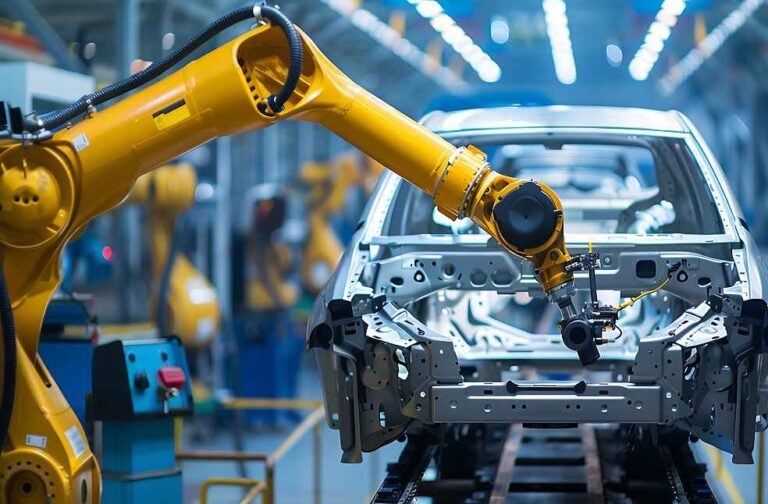S&P Global has issued a cautionary outlook for the U.S. auto sector, forecasting limited growth and increasing challenges over the next two years, largely due to economic pressures. According to S&P Global Ratings Autos Managing Director Nishit Madlani, the U.S. auto industry can expect only modest improvements in margins and cash flow in 2025 and 2026. Lower-rated auto suppliers, in particular, may face some credit deterioration as the sector grapples with rising difficulties.
The anticipated increase in unemployment is projected to negatively impact consumer purchasing power, restricting U.S. auto sales growth to just 1% to 2% in 2025 and 2026. Additionally, the report predicts a decline of 6% to 8% in average transaction prices for new vehicles through 2025, as automakers ramp up incentives and consumers lean toward more budget-friendly options within various segments.

Despite weaker-than-expected sales figures so far in 2024, the sales of battery electric vehicles (BEVs) and plug-in hybrids are forecast to rise, driven by a wave of more affordable launches. This could push the combined market share of these segments to nearly 20% by the close of 2026.
S&P Global also foresees limited margin and cash flow improvements for U.S. automakers and dealers in 2025 and 2026. The sector continues to face downward pricing pressure, high research and development costs, and persistent wage inflation. S&P’s base scenario estimates that U.S. auto sales will remain flat in 2024, with around 15.5 million units sold, and will grow by only 1% to 2% in 2025.

The outlook for the electric vehicle (EV) market remains cautious as well. Following a slowdown in EV market share gains and rising inventories of several models, S&P expects the next wave of EV buyers to be more price-sensitive. These consumers will likely depend on substantial improvements in battery range, charging infrastructure, and technology before making purchases. Competitive pressure among automakers is expected to intensify in 2025 and 2026.
S&P pointed to Tesla’s Model 3 as an example of the challenges facing EV manufacturers, highlighting its significant market share losses in 2024 despite multiple price cuts. This trend could slow revenue growth and delay the achievement of profitability parity between EVs and legacy vehicles, potentially pushing it beyond 2027, particularly for companies that struggle to reach economies of scale.
GENERAL | Georgia’s Used Car Hub Thrives as Sanctions Drive Indirect Exports to Russia





